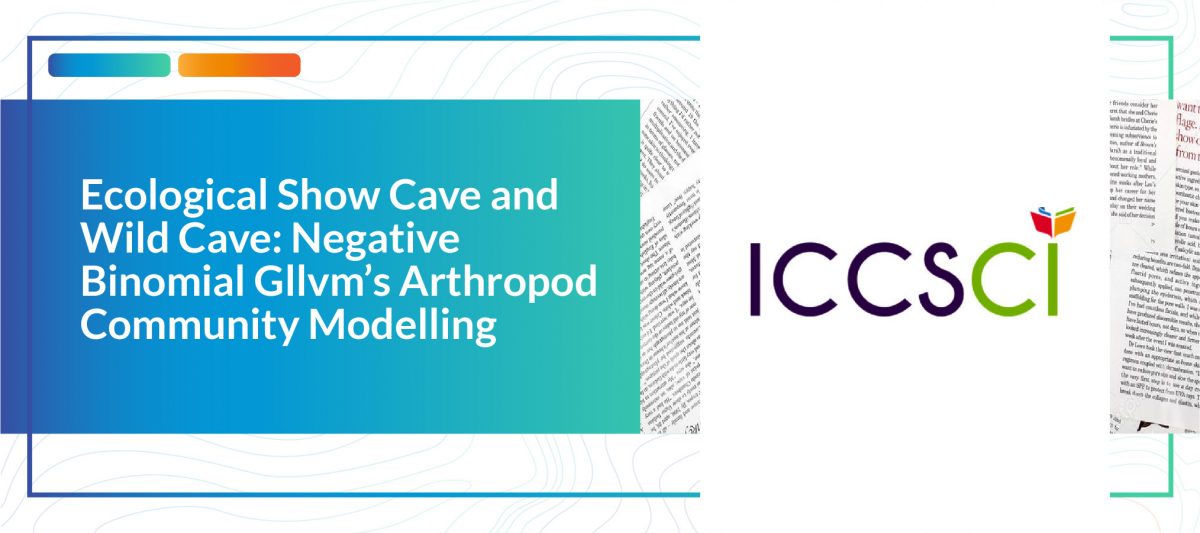Ecological Show Cave and Wild Cave: Negative Binomial Gllvm’s Arthropod Community Modelling

Ecology is a branch of biology that studies on the interaction and relationship between organisms and their environment. Abundance, distribution of organisms and patterns of biodiversity are great interests for many ecologists. One of interesting ecosystems to study is a cave. Cave has a typical environment character with a vulnerable ecosystem. Many caves in Indonesia, particularly in Gunungsewu karst area have been developed into tourist objects (show caves) and managed less wisely. Such cave management has the potential to change the environment and leads to ecosystem destruction. Arthropods are the most abundance fauna in cave that play critical roles in maintaining cave ecosystems equilibrium. In the heart of statistical ecology, we need to analyze the differences on Arthropods community and abiotic (climatic-edaphic) parameters among show caves and wild caves. Statistical techniques are needed for the extraction of such information. GLLVM is one method that is able to explain spatial-based information and is particularly suitable for ecology. In this paper, we use negative binomial models to see the differences on spatial patterns of predator and decomposer Arthropods, also characteristic of edaphic and climatic in each cave.
International Conference on Computer Science and Computational Intelligence 2018
Rezzy Eko Caraka, Isma Dwi Kurniawan, Riki Herliansyah, Arif Budiarto, Bens Pardamean
